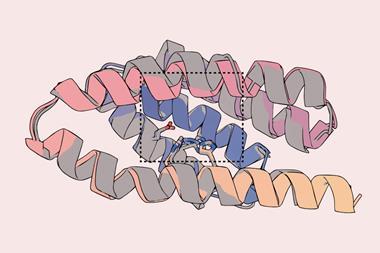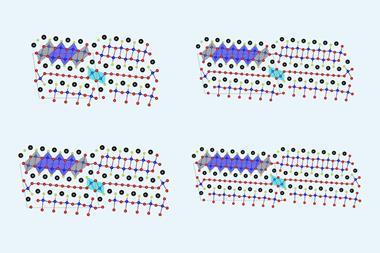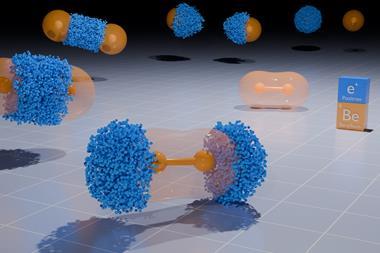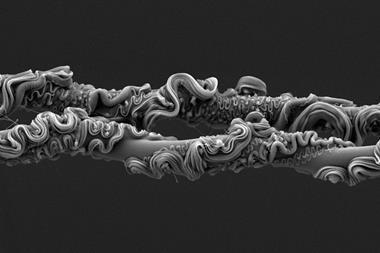Performance enhancing drugs throw up new challenges
As some companies win lucrative contracts to supply sophisticated anti-doping equipment for the Beijing Olympics, chemists are warning that the war against performance enhancing drugs is far from won.
Scientific instruments suppliers Thermo Fisher Scientific and Agilent Technologies both won contracts from the China Doping Control Center (CDCC) in October. The CDCC is buying a range of instruments from Thermo Fisher for its sports testing programme, including liquid and gas chromatography mass spectrometry (LCMS and GCMS), and an isotope ratio mass spectrometer.
Lew Rosenblum, president of Thermo Fisher Scientific China, has welcomed the deal, which is expected to be worth millions of dollars. 'These instruments and associated software will enable the CDCC to cope with the high volume of samples expected at the 2008 Olympic Games,' said Rosenblum.
Meanwhile, Agilent also announced in late October that its products will be used to test for doping and check athletes' food during the Olympic Games.
The news comes after an official visit to China by Richard Pound, president of the World Anti-Doping Agency (WADA), in late September. In a news release, Pound said he was encouraged by China's anti-doping efforts to date.
Better technology
Thanks to improvements in testing equipment, many steroid-related performance-enhancing drugs have become easier to detect, says Zhang Xincheng, director of the chemical analysis centre at Tsinghua University.
But instrument makers are constantly playing catch-up. WADA's annually updated list of prohibited substances is growing rapidly - rising from 20 items in 1968 to nearly 200 in 2007.
Pei Liwen, Thermo Fisher's China commercial manager, remains confident that cheating athletes will be caught. One of Thermo Fisher's instruments can identify new compounds in athletes'; urine samples and find molecular weights with a high degree of precision, he says. 'With the molecular weight, we can work out compounds' molecular structures, and then determine whether they are prohibited.'
'There are always theoretical difficulties in testing,' Pei adds. 'But in practice, diversified sampling and sudden tests against different doping chemicals are likely to play a major role in curbing dope-taking.'
Jiang Zhixue, the director for science and technology department at the General Administration of Sport of China, has said that during the Beijing Olympics, 4500 athletes will be randomly sampled for doping tests - 25 per cent more than during the Athens Olympics. More sudden inspections and new testing models will also be adopted to identify the possible use of doping drugs.
Tougher challenges
Despite the work of the Chinese authorities, some chemists believe there are still opportunities for unethical athletes to circumvent the official doping tests.
'The current techniques are still not able to completely and conveniently analyse some doping chemicals, especially some that are based on human hormones,' says Zhang. Unlike synthetic chemicals, detecting large biomolecules - such as human growth hormone (hGH) and erythropoietin (EPO) - remains challenging, he admits.
Using hGH boosts muscle mass while EPO allows the blood to carry more oxygen - particularly beneficial to cyclists and long-distance runners. Recombinant versions of the two proteins are difficult to distinguish from the forms which are naturally present in the human body. They also have a short half-life so may disappear from the bloodstream before they can be detected.
Athletes only began to be officially tested for the two in 2004, at the Athens Olympics. In China, some young athletes have been found to be illegally using hGH and EPO at national sporting events over the past two years.
Pei says that anti-doping technology is now advanced enough to distinguish recombinant hGH and EPO from their natural forms by testing their isotope ratios. But he says that guilty athletes may be able to avoid tests for hGH by citing religious taboos that prohibit giving blood.
New threats could be on the horizon. There are suggestions that it may be possible to insert extra genes into an athlete's body to express hGH and EPO or other human hormones 'naturally'. To date, no athletes are known to be trying this approach.
'If the rumour was true, we would have no way of detecting them with current technologies,' Pei told Chemistry World. 'But is it really possible?'






No comments yet